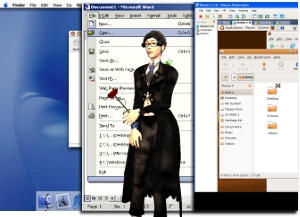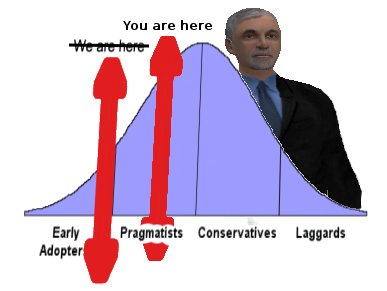It’s all a bit unofficial yet, but as Daniel Voyager has posted (via Jo Yardley), Rod Humble appears to have finished up at Linden Lab. It’s hard to be surprised when any CEO calls it quits after a tenure of three years or so, but it’s interesting Linden Lab themselves have had nothing to say as yet.
I had the opportunity to share a radio spot with Rod 2 years back, and on that and in other interactions he’s always been more than polite, and I hope he picks up something fulfilling down the track. It’s also well worth having a look back at Tateru Nino’s interview with Rod Humble from February 2011.
Anyone want to guess a replacement?





 If you’re a Mac user, you know you’ve got access to a whole slew of first-class applications. That is, apps that follow the user-interface style guidelines for the Mac. Painstakingly developed and tested over time, the guidelines ensure consistent layouts of menus, options and hotkeys, so that you don’t spend your time struggling to work out how to do the familiar, when you should be getting on with gaining expertise in the unfamiliar.
If you’re a Mac user, you know you’ve got access to a whole slew of first-class applications. That is, apps that follow the user-interface style guidelines for the Mac. Painstakingly developed and tested over time, the guidelines ensure consistent layouts of menus, options and hotkeys, so that you don’t spend your time struggling to work out how to do the familiar, when you should be getting on with gaining expertise in the unfamiliar.

Recent Comments